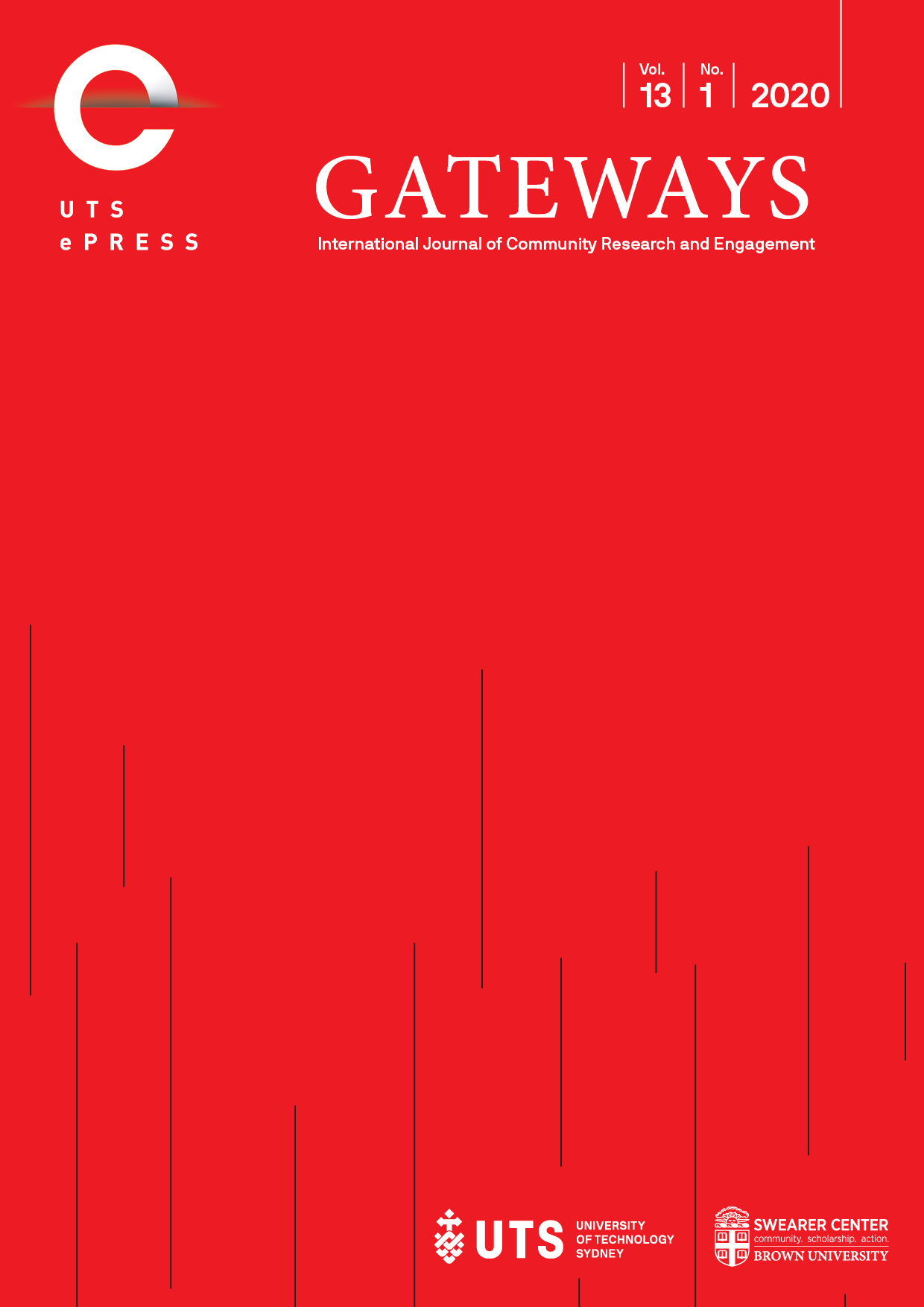Designing communities in peace: Participatory action-research approaches embedded in regional education in Colombia
Main Article Content
Abstract
Gaitania is a rural town located in the Andes mountain range, very close to where the Colombian armed conflict with the Revolutionary Armed Forces of Colombia (FARC) guerrillas began in the mid-1960s. In this context, a situated research and education project was conducted with state, civil and community organisations, including the Agency for the Reincorporation and Normalization of the Colombian Government, coffee producer associations in the south of Tolima, the Nasa Wes’x indigenous community and 150 ex-combatants, as well as teachers and students from the Design Program of the University of Ibagué, Colombia. The purpose of this article is to demonstrate how creative (design) work can be organically transformed from the instrumental to one that supports autonomous creative ways of learning.
This project established collective reflection–action processes that worked in conjunction with four critical learning objectives, as specified by the Bachelor Design Program. Workshops were conducted for the co-creation of a collective brand of coffee that brought together victims and victimisers in a joint process of reconciliation and memory sharing. Through generation of a special coffee brand called The Third Agreement – which is now being commercialised – memory of the territory’s autonomous peace processes and the community’s self-validation efforts were recovered and developed. Critical skills were also developed in students and communities so that they could understand the implications of producing a design that would capture the market, while also recognising the importance of building transition paths for participants, especially in the contexts of war and peace. The students’ reflections led to the construction of new praxis distinctions, such as plandisposición (planning-disposition),escuchacción (active-action-listening), honest-synthesis and sentipensar-actuar (feeling-thinking-acting), which indicate critical awareness of how design can open possibilities for creating futures in which many worlds co-exist.
Article Details
Issue
Section
Authors who submit articles to this journal from 31st March 2014 for publication, agree to the following terms:
a) Authors retain copyright and grant the journal right of first publication with the work simultaneously licensed under a Creative Commons Attribution License that allows others to share and adapt the work with an acknowledgement of the work's authorship and initial publication in this journal.
b) Authors are able to enter into separate, additional contractual arrangements for the non-exclusive distribution of the journal's published version of the work (e.g., post it to an institutional repository or publish it in a book), with an acknowledgement of its initial publication in this journal.
c) Authors are permitted and encouraged to post their work online (e.g., in institutional repositories or on their website) prior to and during the submission process, as it can lead to productive exchanges, as well as earlier and greater citation of published work (See The Open Access Citation Advantage Service). Where authors include such a work in an institutional repository or on their website (ie. a copy of a work which has been published in a UTS ePRESS journal, or a pre-print or post-print version of that work), we request that they include a statement that acknowledges the UTS ePRESS publication including the name of the journal, the volume number and a web-link to the journal item.
d) Authors should be aware that the Creative Commons Attribution (CC-BY) License permits readers to share (copy and redistribute the work in any medium or format) and adapt (remix, transform, and build upon the work) for any purpose, even commercially, provided they also give appropriate credit to the work, provide a link to the license, and indicate if changes were made. They may do these things in any reasonable manner, but not in any way that suggests you or your publisher endorses their use.
For Volume 6 (2013) and before, the following copyright applied:
Articles published by UTSePress are protected by copyright which is retained by the authors who assert their moral rights. Authors control translation and reproduction rights to their works published by UTSePress. UTSePress publications are copyright and all rights are reserved worldwide. Downloads of specific portions of them are permitted for personal use only, not for commercial use or resale. Permissions to reprint or use any materials should be directed to UTSePress.
